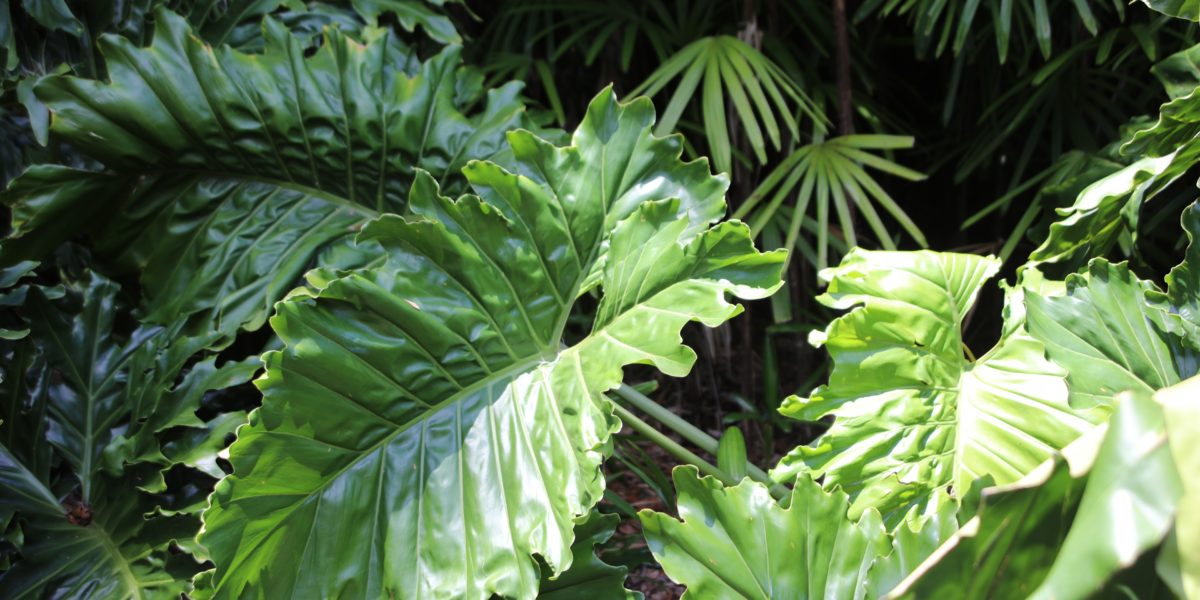
Your Guide to Elephant Ear Plant
Add a tropical touch to your garden or a decorative backdrop to your indoor space with elephant ear plant

Dawn Mcdonald/Unsplash
For a statement-making tropical addition to your garden or houseplant collection, look no further than elephant ear plants, which come in two common varieties. With their notably large and heart-shaped leaves, it’s no wonder why Alocasia plants are named after the lovable large animal’s ears. Colocasia esculenta, also a tropical perennial plant, has a more leathery texture and tends to droop downwards in contrast to its sibling, Alocasia, which sports shiny leaves and points upwards. Whether you go Alocasia or Colocasia, the dramatic plants create a striking tropical effect in any landscape.
How to Plant Elephants Ears Outdoors
These tropical Asian natives will grow as perennials in warm climates. Elephant ears prefer rich, moist soil and generally favor filtered sun but can be grown in full sun. Place the tubers directly outdoors 2-4 feet apart, 4-6 inches deep in rich soil. Most elephant ears grow to be 4 feet wide, so give them room! Water Alocasia below, at the root zone, and in the morning so they can go into the night dry.
